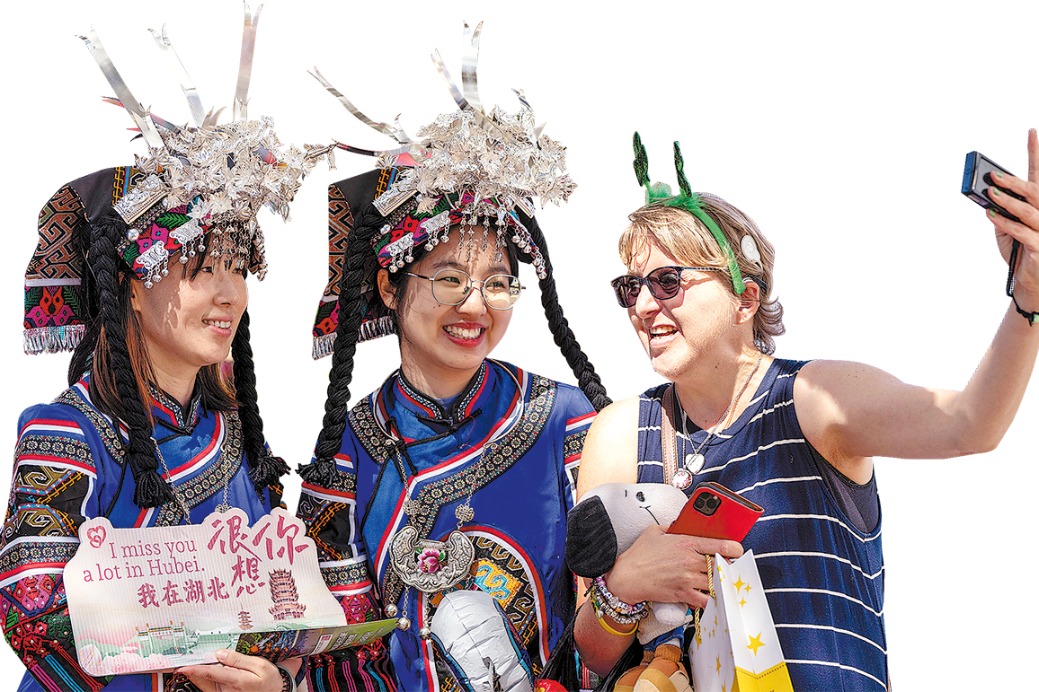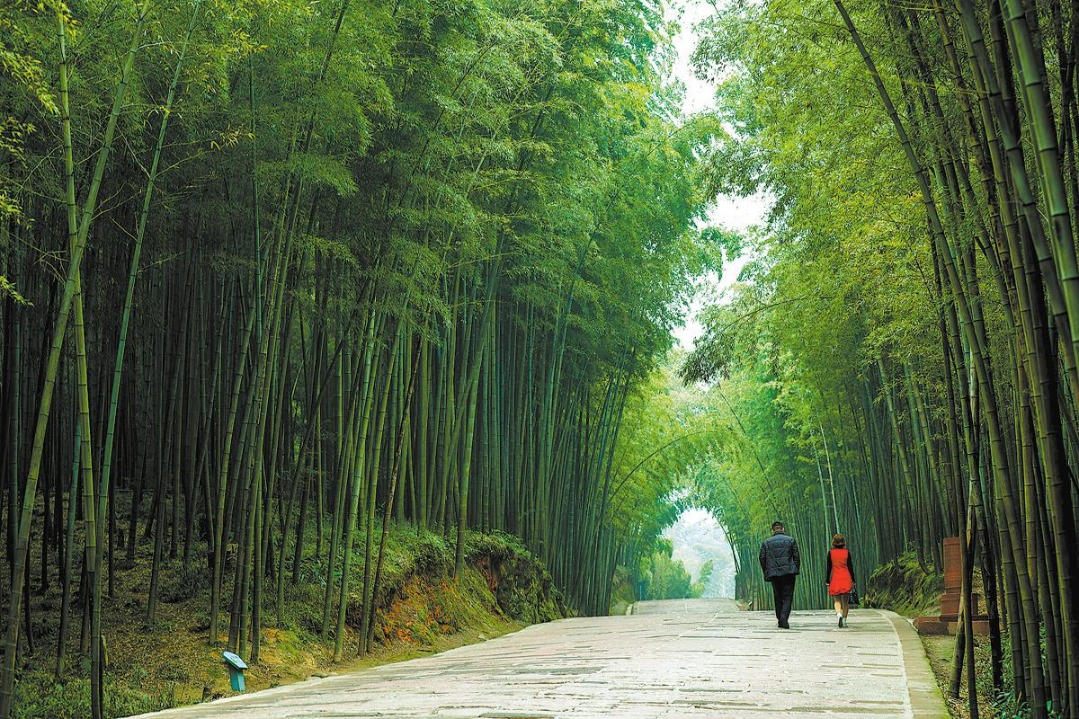Sweet smell of the season
As a cold-weather comfort food, chestnuts are a healthy winter staple that can be cooked in a variety of ways

Roasted chestnuts are cold weather comfort food. On the streets of Beijing, tiny hole-in-the-wall shops with big black drum roasters or huge iron woks are once again sending out the tempting aroma of caramelized chestnuts.
They are seasonal vendors, because for the rest of the year, the drums are silent and the woks cold and the shopkeepers sell dried fruits, melon seeds and sweet potato chips instead. Only after the autumn harvests does the roasting begin.
If you take an excursion out to the Great Wall at Mutianyu, you will see the native chestnut trees below as the cable cars take you to the hilltop. Tourists visiting the Ming Tombs, too, may also rest unaware beneath ancient chestnut trees.
But they are there, distinguished by their dark green ovate leaves with serrated edges, or their skinny catkins when it's flowering season. The easiest time to identify chestnuts is when the fruits ripen and fall to the ground.
The reddish brown nuts, two to three to a thorny case, will peek through an extremely prickly shell called the burr.
In my old campus grounds, there were plenty of stately trees in the park and Asian students used to gather fallen fruits, stamping on the burrs to release the nuts to save fingers from being pricked. The American chestnuts are much larger and need to be sun-dried for a bit to sweeten them. Otherwise they would just taste floury.
We did not have the equipment to roast them, so we simply cranked up the oven and baked them. I even experimented with grinding the nuts into powder and making bread and chestnut cookies, which worked pretty well.
Funnily enough, no one else bothered to pick the chestnuts except the squirrels, and we were left to enjoy the free bounty.
In China, not a nut goes to waste. Even wild chestnut trees are carefully monitored and when the burrs fall, they are hastily foraged.
The best chestnuts are from Liangxiang in Fangshan, a southwestern Beijing suburb. Liangxiang chestnuts have become a known brand sold all over the country and are even exported.
Tianjin also produces chestnuts and the farmers there have carefully packaged their nuts in ready-to-eat vacuum packs that are sold in the city's souvenir shops. You can also see these at airport duty free shops all over China.
But ask Beijing locals and they will swear by the chestnuts from Huairou, an outskirt county that is well known for its trout farms and farmers' restaurants. Huairou chestnuts are smaller, but to all accounts, the sweetest.
Chestnuts are grown all over China, and the cultivars are all slightly different. Some are suitable for roasting, others are sold freshly shucked at markets for the cooking pot, and still others are harvested, skinned and dried to be sold all year round. The better quality chestnuts are from Shandong and Fujian.
Chinese chestnuts are winter snacks. Whole nuts are snipped at the bottom end to prevent them exploding during cooking and then roasted in a mixture of sand and sugar. They are sifted clean before being sold but are still characterized by the slightly gritty sticky shells. These sweet chestnuts, a deep chocolate brown and glistening with sugar glaze, are a real treat.
They used to be hand fried in huge iron woks, with the vendors perspiring over the hot sand mixture, in spite of the winter chill. The sand helps to increase the heat needed to pop the nuts open.
These days, chestnuts are mostly roasted in automated steel drums that rotate, rustling noisily at each turn.
Holding a bag of hot chestnuts warms both hands and heart. And, because of the high carbohydrate content, the nuts also provide heat to the body.
As the nuts cool quickly in the chilly temperatures of winter, they become easier to crack and peel, their dark brown skin coming away from the creamy yellow flesh like paper.
Chestnuts are also used for cooking.
They are one of the ingredients for the classic Eight Treasures Duck, together with lotus seeds, shiitake mushrooms, Chinese sausages, leeks, scallions, pine nuts and sticky rice. You can say this is the Chinese equivalent of stuffed turkey.
Chinese chefs go one better. The duck is carefully boned before the filling is stuffed into the bird, steamed and then flash fried to crisp the skin before serving. Sometimes, the duck is tied at the neck and at the waist to shape it into a bottle gourd, or hulu, a symbol of good fortune and longevity.
Another classic dish is braised chicken and chestnuts in an onion gravy. It is an extremely popular home-cooked dish when fresh chestnuts are in season.
Unlike the French, the Chinese are traditionally less likely to use chestnuts in patisserie, but the new coffee clubs and cake houses in the cities are now pushing out a popular cake topped with candied chestnut puree similar to marron glacé. This pastry first originated in Hong Kong and was in turn inspired by the classic French Mont Blanc.
Chestnuts are also dried. The dehydrated nuts meant chefs could use the nuts all year round, simply soaking them in water before cooking. Dried chestnuts are sold in Chinatowns all over the world.
During the fifth lunar month when rice dumplings are prepared for the Dragon Boat Festival, dried chestnuts fly off the shelves. Every savory dumpling will always need one or two chestnuts to complete the filling.
Like most Chinese ingredients, chestnuts are valued for their medicinal properties.
Traditional Chinese medicine prescriptions use chestnuts for stomach ulcers and to whet appetites. They are believed to be a "yang" food and therefore good for virility. Taken in moderation, they aid blood flow and increase "qi" in the body.
It is also food for the ladies, having the ability to combat anemia and improve complexions.
That's very comforting to know, and for once I'm sure, most will gladly take the prescriptions and enjoy them too.
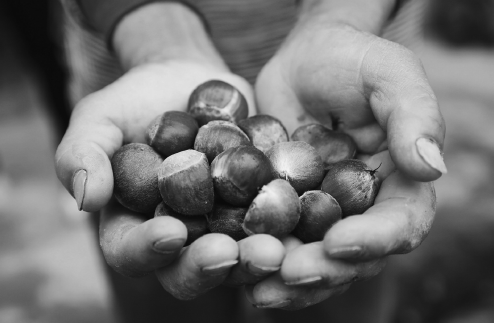
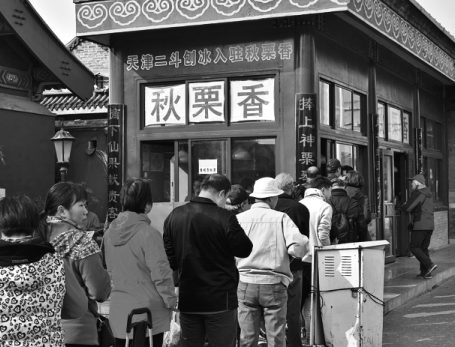
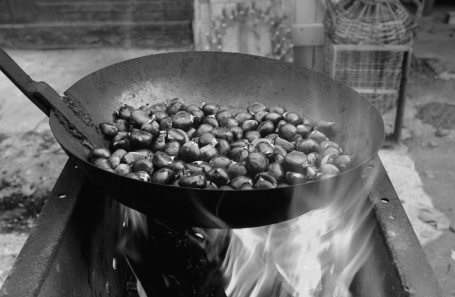
Today's Top News
- SCO summit poised for fruitful outcomes
- Steps to spur consumption, enhance vitality
- Flag patterns for four branches of PLA unveiled
- China seeks to deepen dialogue, consultations with US
- Pacific Ocean should not be turned into a sea of zero-sum disturbances: China Daily editorial
- Xi signs order to commend military units, individuals




















